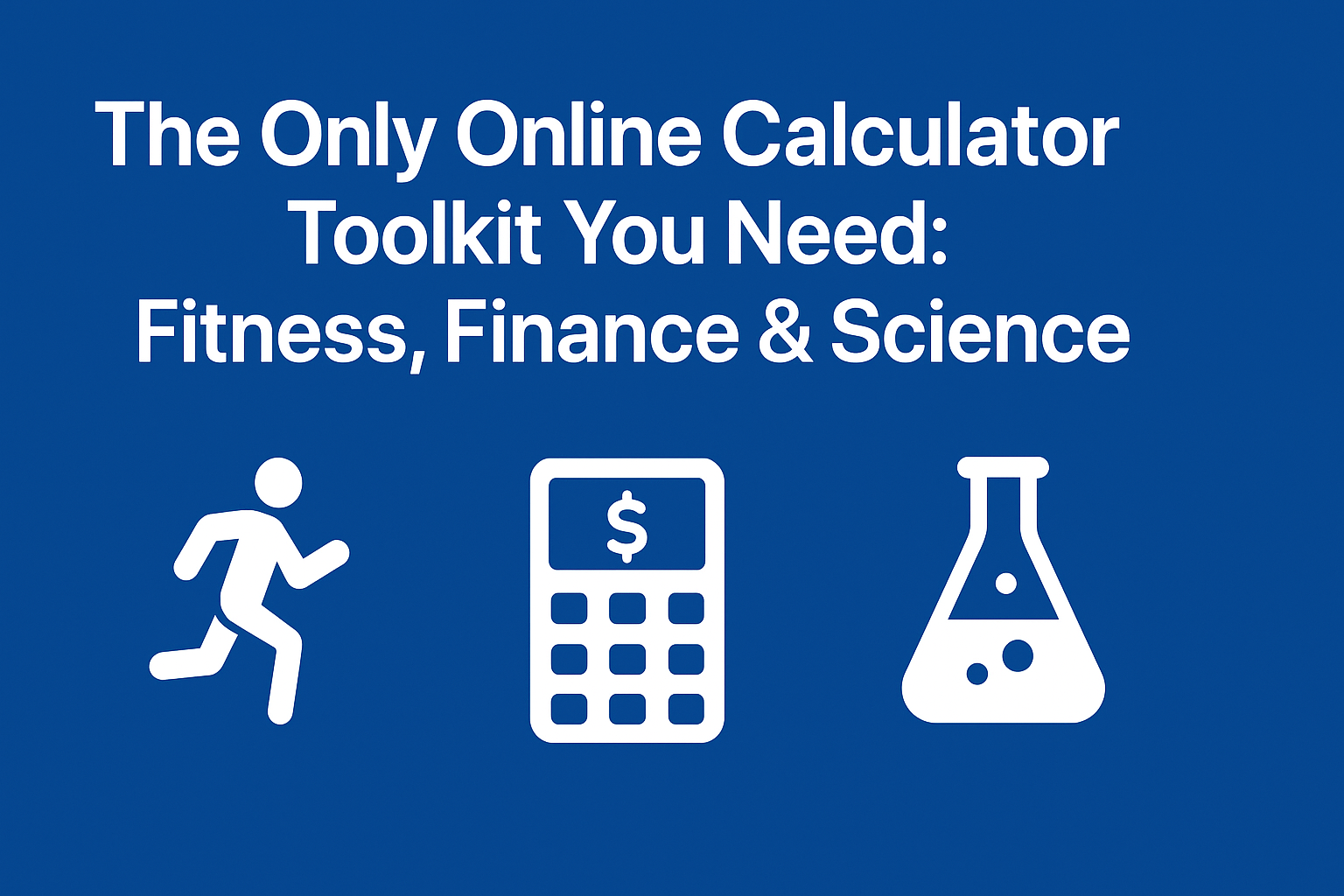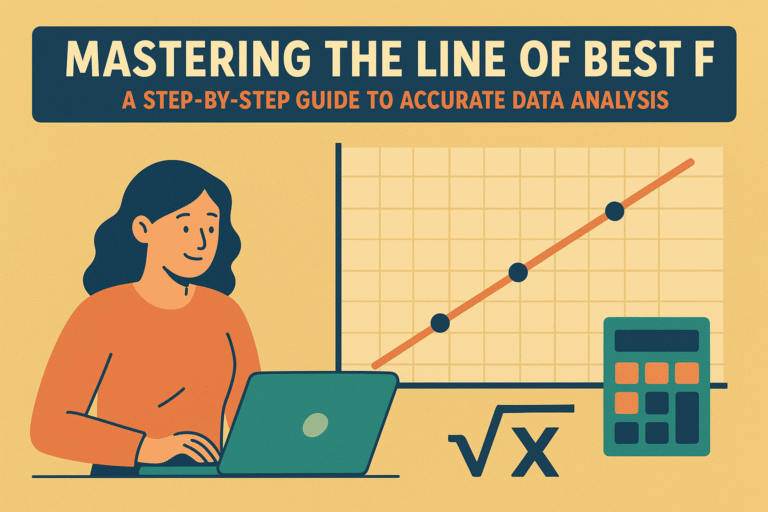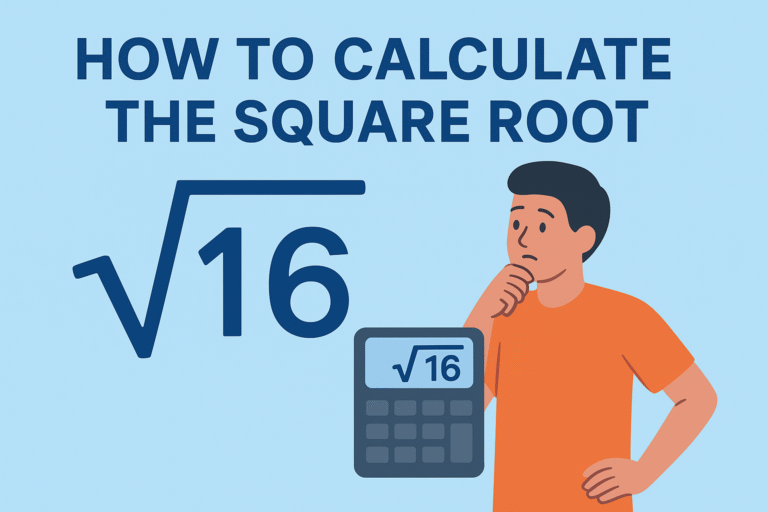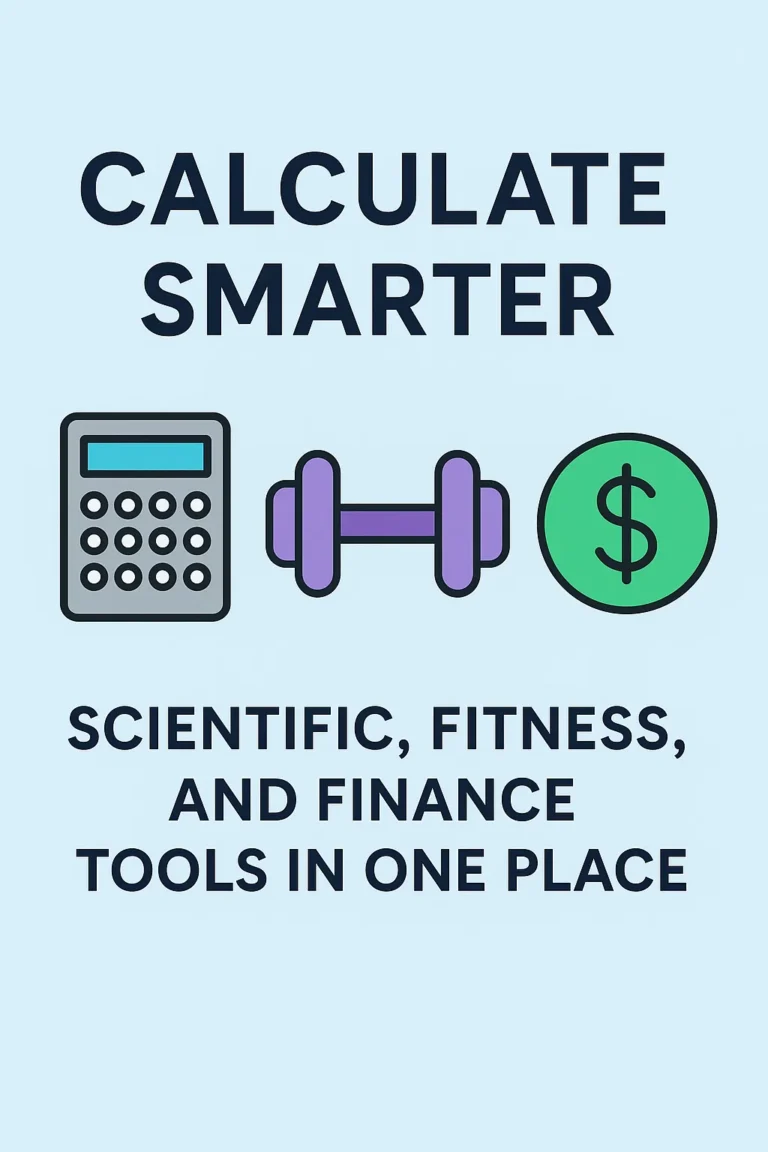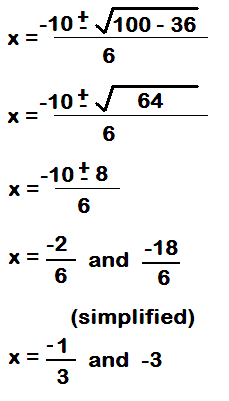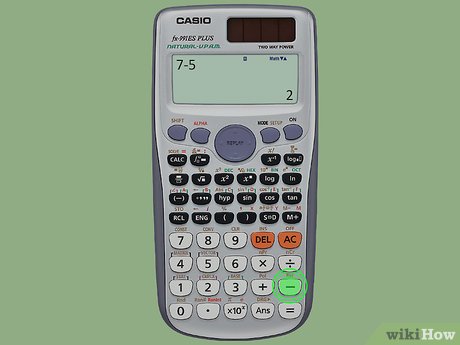Are your grandparents often saying things like, “Back in my day, a loaf of bread cost just a nickel”? At first it may sound like one of their old-timey exaggerations but when you research it further you realize they weren’t kidding; that is inflation at work in the background quietly changing our grocery prices without our notice – until our groceries suddenly double in cost!
This article takes us on a time-travelling tour through prices, wages and value–with an emphasis on practicality. No difficult economic jargon, no confusing formulas–just everyday examples from real-life situations. If you’re a student, homeowner or simply curious mind trying to understand rising costs we will show how inflation can be easily calculated using free scientific calculators (or online scientific calculators if available).
Stepping Into a Grocery Store–Both Then and Now
Let’s start by drawing our audience’s attention with an image.
Imagine it is 1995 and you walk into a grocery store with $50. After spending it all on milk, eggs, bread cereal and shampoo as well as some extras such as ice cream and shampoo you leave with an arsenal. Nowadays this same $50 barely covers milk eggs and bread alone!
Real-world inflation manifests itself when prices increase while your dollar doesn’t stretch as far.
How do we measure that shift mathematically? Let’s find out.
What Is Inflation, Really?
Inflation refers to the rate at which prices increase over time and therefore reduce the purchasing power of money. At an inflation rate of 3% annually, something costing $100 today may cost $103 when purchased next year despite remaining identical.
Economics professionals use tools like the Consumer Price Index (CPI), which measures price changes of various goods and services over time, to monitor this development.
But don’t fret–you don’t need a Ph.D. in economics to figure this out. All it takes is some curiosity, an online scientific calculator with free version option and some numbers to put things into perspective.
What You Should Know to Calculate Inflation Between Two Years
Let’s say you want to know how much inflation has affected the price of something since 2000; maybe your dad was telling you how he bought his first car for $10,000 back then and now see it being sold at auction for $18,000, has this been caused by inflation? Here is how you can do just that:
What You Need: With regards to starting prices (in this instance, $10,000 for 2000), this will suffice as the starting price.
2025’s end price (roughly, $18,000)
Calculating the percentage increase over time requires only basic mathematics.
Now is where an online scientific calculator or free scientific calculator becomes invaluable. Simply plug in your numbers as you would for any percentage change calculation and hit calculate.
Doing the equivalent of Linear Feet calculations in construction involves measuring changes over time in price movement instead of boards or tiles.
Real-Life Example: Coffee Then and Now
Let’s use coffee as an example here. It holds special meaning to many of us!
In 2010, a large cup of coffee from your local cafe cost $2. Today? That price has increased to $4.50!
That is more than twice what the government provided and can be hard for many to take in their daily dose.
Let’s calculate the percent change with our calculator: mes 2010 price = $2 and 2025 price = $4.50 Now let’s calculate its percentage change:
Subtract the original price from the current one to determine its difference: $4.50 – $2 = an increase of $2.50.
Subtract that amount from the original price (in this example $2) to get a figure for percentage changes: 1.25/ $2 = 1.25. This figure should then be multiplied by 100 to get an answer that indicates an increase of 125% in price.
Coffee prices have skyrocketed 125% since 2010, yet beans haven’t become any fancier!
Let’s make this real: Say you’re considering buying a home but are uncertain whether prices have increased due to inflation or because the housing market has seen increased activity.
Imagine that your neighbor purchased their house in 2003 for $150,000; today it has appreciated to $350k due to inflation. How has their investment changed so drastically over time?
Again, we turn to your trusted free scientific calculator in order to calculate the percent difference.
New price = $350,000
Previous price = $150,000 Upon division by $100 = 1.33; multiply this figure by 100 = 133% increase
Compare that figure with the official inflation rate from 2003-2025: Let’s assume it’s 75%; therefore, 58% of the increase may be attributable to property value growth, market demand or location perks–rather than just inflation.
Are You Travel Planning or Are You Engaged in Inflation
Have You Experienced Travel Inflation As It Affects It Ever tried booking a flight during the holiday season and found yourself screaming at the screen in frustration? Don’t feel bad; many other travelers experience this too! Inflation affects travel plans to an alarming degree, making booking flights increasingly more costly every year.
In 2008, round-trip domestic flights may have cost you around $200; by 2025? That figure could skyrocket to $500!
Why? Fuel costs, labor rates, airport fees and inflation all play a factor.
Next time you’re budgeting for a trip, use an online scientific calculator free to compare costs between this year and previous ones. Doing this will allow you to plan better, save more wisely, and understand why prices have increased so drastically.
Here’s Why Inflation Isn’t Always Bad
Let’s flip the script: A moderate inflation rate (usually around 2%) can actually be seen as beneficial: It signals that businesses are making profits, wages are growing (hopefully!), and people are spending.
But when inflation becomes excessively high–say in the double digits–it erodes savings accounts and household budgets alike while creating undue financial anxiety.
Understanding inflation calculations helps keep you one step ahead. Like measuring linear feet for carpentry projects, improper measuring can cause overspending or underspending; knowledge is power when it comes to inflation calculations.
Tools That Will Simplify It
There are various helpful tools available that will make the task simpler:
Online scientific calculator: Ideal for providing percentage-based inflation estimates.
Free scientific calculator apps: Get inflation calculations right when on the move with these downloadable options for inflation estimation.
Government CPI Calculators: The Bureau of Labor Statistics offers an inflation calculator based on the Consumer Price Index (CPI).
These tools work like your tape measure when it comes to estimating linear feet – they take the guesswork out of the equation!
Inflation and Your Online Shopping Cart
Have You Noticed Rising Shipping Charges and Surcharges on Online Stores Have you recently noticed that shipping charges at some of your favorite online stores have increased, with hidden surcharges popping up more frequently?
Inflation also plays an integral part here; rising fuel costs lead to higher delivery fees while materials cost more, meaning packaging expenses increase as well. Learning how to accurately assess inflation’s effect is just good business sense for any online deal maker or just anyone shopping online deals.
Next time you check your checkout total, take a second to reflect: What did this purchase cost last year?
Final Thoughts on Inflation in Everyday Life
Understanding inflation is not solely the responsibility of economists–it affects everyone who earns, spends or saves money–you included! From groceries shopping and travel budgeting to remodeling estimates in Linear Feet estimating projects involving Linear Feet. Inflation will always play a part in these financial transactions.
Numbers and charts can quickly become daunting, but by breaking it down to real-life examples such as coffee, houses or plane tickets it becomes much simpler and manageable. With tools such as free scientific calculators or online scientific calculators you are never more than one or two taps away from finding your answer.
So the next time someone says, “Everything’s getting more expensive these days,” you can nod and show them exactly how much has increased in price.

